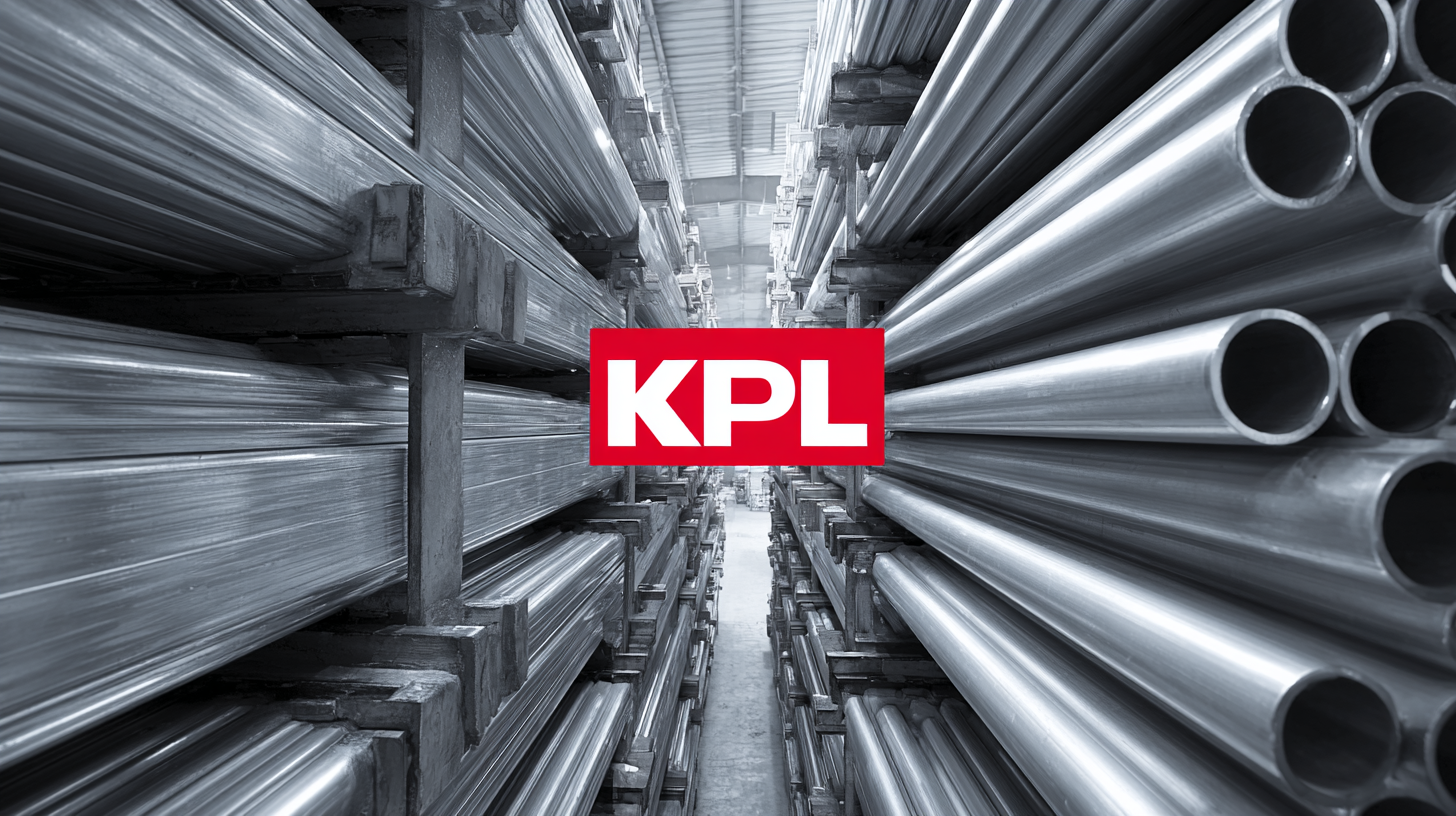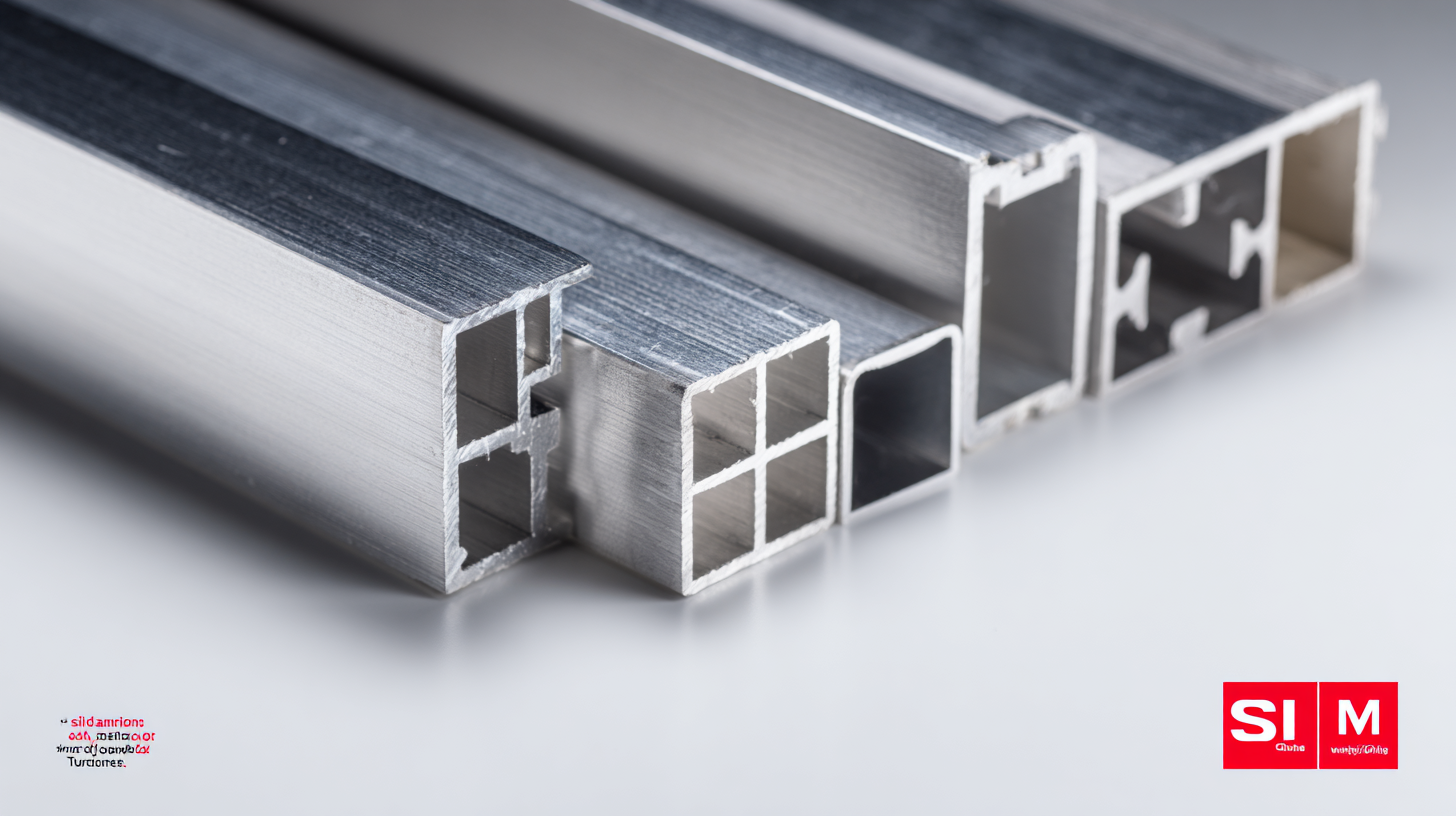As global demand for lightweight and durable materials continues to surge, the focus on Aluminum Tube Profiles has intensified across various industries. According to a recent report by MarketsandMarkets, the aluminum tubes market is projected to reach USD 8.1 billion by 2025, driven by the burgeoning automotive, aerospace, and construction sectors. However, navigating the complexities of sourcing optimal aluminum tube profiles poses significant challenges for international buyers. Factors such as material properties, fabrication techniques, and compliance with varying industry standards can create a labyrinth of considerations.

Understanding these challenges not only aids in making informed purchasing decisions but also empowers buyers to leverage the full potential of aluminum tube profiles in their applications. This blog aims to delve into the underlying issues faced by global buyers and explore practical solutions that align with the upcoming technological trends of 2025.
When global buyers seek to select the best aluminum tube profiles, they often encounter numerous challenges that can impact their purchasing decisions. One significant challenge lies in understanding the varying specifications and standards for aluminum profiles across different countries. According to a recent market report by Smithers Pira, nearly 25% of buyers faced compliance issues due to these discrepancies, which can lead to delays and increased costs in sourcing materials.
Another common difficulty is the material performance variability. Not all aluminum alloys are created equal; some offer greater strength or corrosion resistance than others, depending on their intended application. The Aluminum Association suggests that buyers thoroughly evaluate the specific requirements of their projects, as the right choice of aluminum profile can significantly enhance product durability and overall performance.
Tips for Selecting Aluminum Tube Profiles:

When selecting the best aluminum tube profiles, global buyers must consider several key factors to ensure they choose the right product for their needs. First and foremost, the intended application of the aluminum tubes plays a significant role in the selection process. Different applications require varying levels of strength, flexibility, and corrosion resistance. For instance, tubes used in structural applications must meet higher standards for durability, whereas those for decorative purposes may prioritize aesthetics over performance.

Another critical factor is the manufacturing standards and quality assurance processes of aluminum tube profiles. Buyers should inquire about the source of the aluminum, the extrusion methods used, and any certifications that validate the product’s quality. This not only affects the reliability of the product but also its compatibility with other materials and systems in use. Additionally, understanding the supplier’s ability to offer customization options can greatly benefit buyers, allowing them to meet specific project requirements efficiently while optimizing their supply chain.
Understanding the manufacturing standards for aluminum tubes globally is essential for multinational companies navigating the complex landscape of trade. Recent developments, particularly the imposition of significant tariffs on aluminum and steel by the U.S. government, have introduced a layer of complexity to importing aluminum products. These tariffs, initially intended to bolster national security and the economy, may challenge global buyers seeking competitive pricing and compliance with varied regional manufacturing standards. As manufacturers adapt to these tariffs, understanding local regulations becomes paramount to ensuring product quality and legal compliance.
Moreover, there has been a noteworthy trend toward sustainable practices within the aluminum tube market. Manufacturers are increasingly embracing certifications like those from the Aluminium Stewardship Initiative, which emphasize responsible sourcing and environmental stewardship. This shift is partly driven by consumer demand for eco-friendly products, particularly in sectors such as cosmetics and personal care, where innovative packaging solutions are gaining popularity. Global buyers must not only consider cost and compliance but also the sustainability credentials of their suppliers to align with current market trends and consumer expectations.
| Region | Common Aluminum Alloy | Standard Compliance | Challenges | Average Cost (USD/kg) |
|---|---|---|---|---|
| North America | 6061 | ASTM B221 | Supply Chain Disruptions | 3.00 |
| Europe | AlMgSi | EN 755 | Regulatory Differences | 2.80 |
| Asia | 5052 | JIS H 4040 | Quality Control | 2.50 |
| Australia | 6063 | AS/NZS 1866 | Environmental Regulations | 3.20 |
| South America | 7005 | ABNT NBR 7697 | Market Accessibility | 2.90 |
The innovative applications of aluminum tube profiles extend far beyond traditional uses, showcasing their significance across various industries. With the global aluminum extrusion market projected to reach USD 6.78 billion in 2023 and grow at a CAGR of 7.0% by 2030, the demand for high-performance aluminum products continues to rise. This trend highlights the versatility of aluminum, especially in sectors like automotive and renewable energy, where lightweight yet durable materials are essential.
Recent advancements underscore the potential of aluminum tube profiles, particularly with the introduction of nanostructured coatings aimed at enhancing durability. Such innovations are crucial in improving the performance of aluminum profiles, especially in challenging environments. Additionally, the emergence of consumer-friendly cosmetic tubes signifies the growing popularity of aluminum in the beauty and personal care industry, driven by both functionality and aesthetics. As industries recognize the benefits of aluminum profiles, the ongoing developments in manufacturing technologies and design optimizations will continue to transform their applications in innovative ways.
The demand for aluminum tube profiles is escalating globally, driven by their lightweight and malleable properties. However, a significant focus on sustainability and environmental considerations in aluminum tube production is becoming increasingly pertinent. According to the International Aluminium Institute, primary aluminum production accounts for nearly 2% of global greenhouse gas emissions, prompting both manufacturers and buyers to prioritize eco-friendly practices. Implementing recycling initiatives can drastically reduce the environmental footprint; recycled aluminum uses up to 95% less energy than producing new aluminum from bauxite ore.
Moreover, the aluminum industry is making strides towards sustainability by adopting innovative manufacturing processes. Reports from the Aluminium Association indicate that advances in technology, such as energy-efficient smelting and alternative refining methods, have the potential to lower emissions by 30% by 2030. For global buyers, aligning their purchasing philosophy with manufacturers committed to sustainable practices not only supports environmental stewardship but also positions them favorably in a market that increasingly values responsible sourcing. This growing awareness presents an opportunity for suppliers to differentiate themselves by showcasing their commitment to sustainable production methods.
This chart illustrates the environmental impact and sustainability challenges associated with aluminum tube production across different regions. Data includes greenhouse gas emissions and recycling rates.




